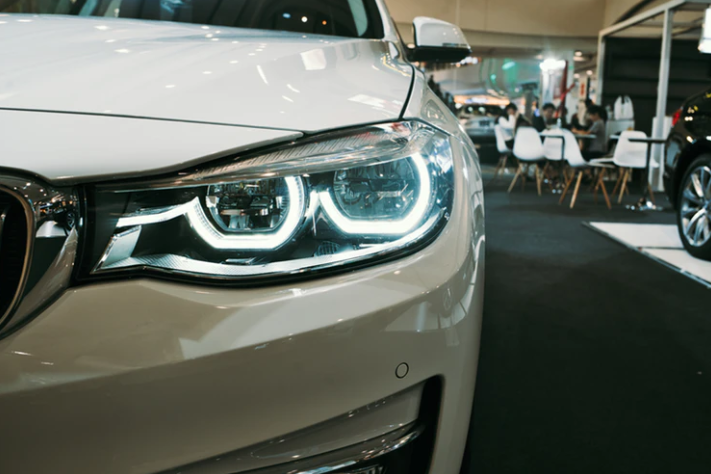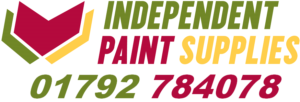How Auto Paint Has Developed Over the Years

In many instances, the first thing people take into consideration when buying a car is the colour. It’s all about the sparkling, shiny paint, which is one of the defining, aesthetic characteristics of your vehicle created through the use of auto paint.
The chances are that, if you do damage the paint work in any way, then you’ve probably not attempted to sort it out yourself with a paint brush or roller. Interestingly, that’s exactly how the first auto paint was applied more than 100 years ago. Car manufacturers started painting cars in the 1900’s, and it could take up to 40 days to apply the paint. In those days, cars were brushed with varnish and once dried, the car was sanded, refinished and polished.
Introduction of Spray Guns
It was in the 1920’s when key developments in the car painting industry started to take place. Global manufacturers like Fords began using a nitrocellulose lacquer, which had a quicker drying time, on assembly lines. Then, in 1924, the first paint spray guns were used, making it possible for the cars to be painted more quickly and the finish to be applied more consistently. This also meant that the cars didn’t need as much sanding between coats, and could be painted from start to finish in a third of the time that it used to take.
The painting process developed further over the next 10 years when car companies started using finishes known as ‘stoving enamels’ which had a glossier finish and dried even more quickly.
In the 1950’s, General Motors started using a new acrylic coatings, which sped the painting process up even further. Vehicles were sprayed with the enamel and then baked in an oven, which resulted in a smooth and consistent finish. While this method was quicker and more cost-effective, it didn’t produce the same glossy finish as stoving enamels. Ford eventually refined the process in 1960, when it began using acrylic stoving enamels, which were also painted on with a spray gun and oven-baked, resulting in a resilient, glossy finish. (source: Allstate.com)
Further Advancements
By the 1970s, European and Japanese car manufacturers had developed a two-coat acrylic painting system, as well as metal flake paint jobs that were popular in the US.
But it wasn’t long before car manufacturers looked at developing harder, more durable paints that also dried more quickly. By the late 1980’s, many companies started applying polyurethane and urethane finishes, as well as applying a clear coat to improve the colour and lustre of the cars.
Today, painting processes have advanced even further. Carmakers like Hyundai use a process known as electrocoating, which involves submerging the chassis in primer or paint and using electricity to draw the finish to the sheet metal. Hyundai coats its vehicles 11 times in a primer bath before painting and assembly, and with the exception of final inspection and polishing, its methods are completed entirely by machines.
The Refinishing Industry
The efforts of the car manufacturers over the years has resulted in the development of the automotive paint refinishing industry. Specialist garages and workshops offer drivers a paint refinishing service if they have scratched or damaged their car.
This market has grown over the years due mainly to an increase in vehicle collisions, a growing demand for recreational vehicles and an increase in the average age of cars.
Naturally, paint repairs are less costly than replacing your car and with advanced colour mixing techniques, a vehicle’s finish is normally like new.
Independent Paint Supplies
Independent Paint Supplies is a family-run, Swansea-based paint supplier to the automotive industry among others. We also stock an extensive range of consumables, tools and equipment offering a ‘one stop shop’ of refinish supplies for body shop and garage owners across South Wales.
To find our more about our products and service, call us today on the number below or visit our website at www.ipspaint.co.uk

